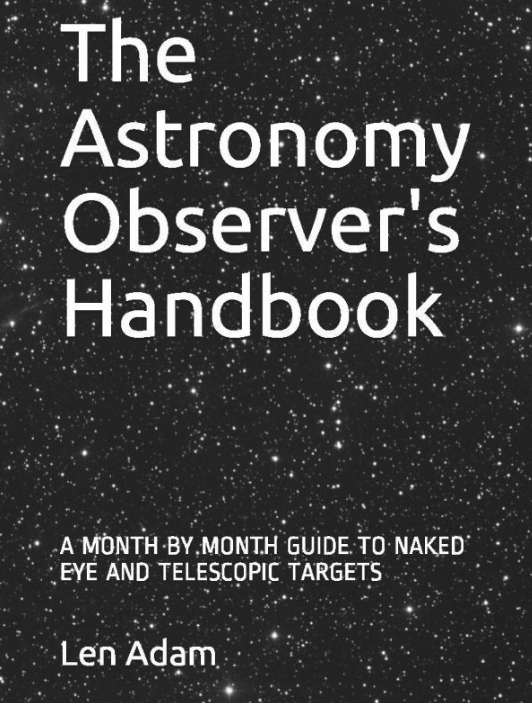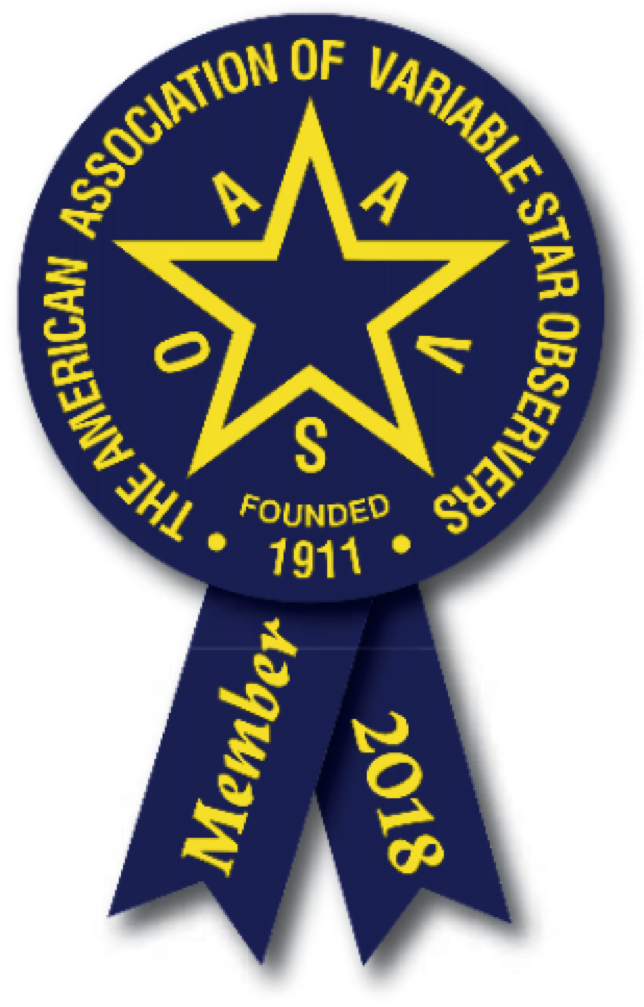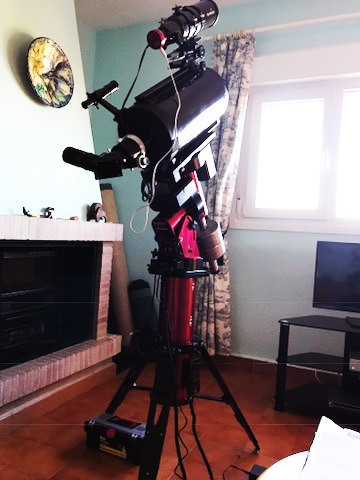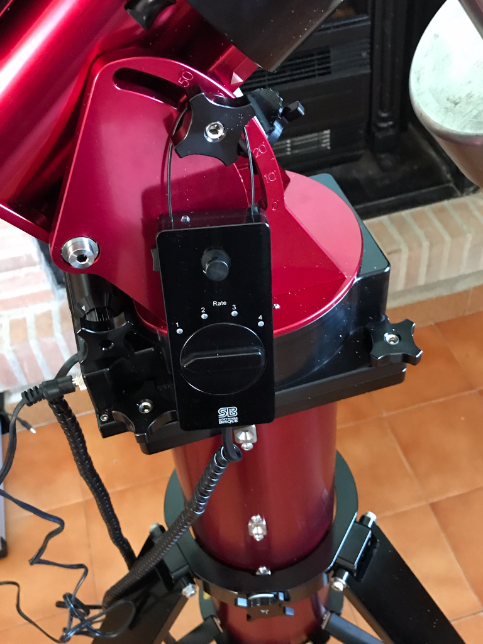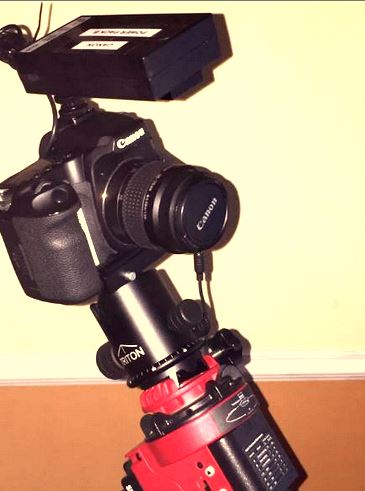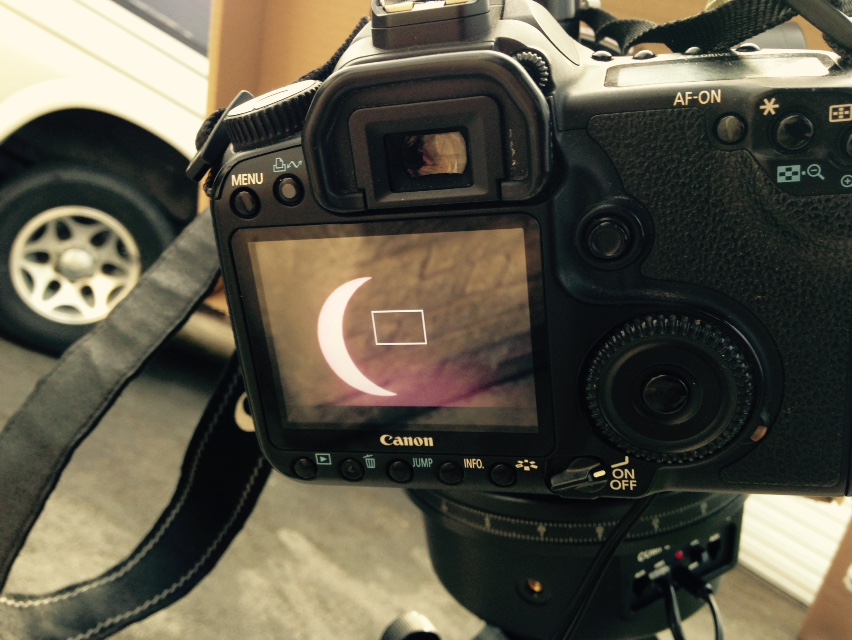R.A. Axis Balancing
1.This may look familiar – i.e. as in Step A – but this time the idea is to balance the OTA precisely against the weights so that you can release the polar axis and the weights will balance the OTA in this position. (An off balance OTA can cause different weight position requirements on the counterweight shaft.)

2. This time lock the declination axis and release the RA axis – taking care to hold the counterweight shaft in case of imbalance .
3. Slide the counterweights along the shaft until there is no rotational movement around the RA axis in either direction. Lock the counterweights in position.
4. Now unlock the RA axis and rotate the counterweight shaft to be vertical with the telescope at the top pointing towards the pole.
 5. Now try pushing the bottom of the counterweight shaft to either side - it should move to where you push it and stay there.
5. Now try pushing the bottom of the counterweight shaft to either side - it should move to where you push it and stay there.
---------------------------------------------------------------------------------------------------------------
A bright Moon and misty night with intermittent clouds. I managed to get a few minutes in to roughly polar align the Paramount by homing it to its fixed mechanical position, slewing to where it thinks Saturn should be and then using the altitude and azimuth adjusters to centre Saturn. I opened a new T-Point model and synched on Saturn, slewed to a few nearby stars and mapped them into the model. I was clouded out at that point.
I can see why the new Paramounts have polar finderscopes. With my ME you are really working blind until you can find a bright star to synch on to get started.
I extracted this image from a video of the storm a few weeks back - no strikes near the telescopes - I hope the lightning conductor does its job if there is a nearby strike!
I didn't fancy being out on the balcony to film the storm so the extra images are caused by the double glazing!

A rare occurrence here but the house was hit once!

I don't know if it is a good or a bad thing to have the lightning conductor so close to the telescopes!!

 Friday, July 18, 2014 at 8:21AM
Friday, July 18, 2014 at 8:21AM  [Your Name Here] | Comments Off |
[Your Name Here] | Comments Off | 
